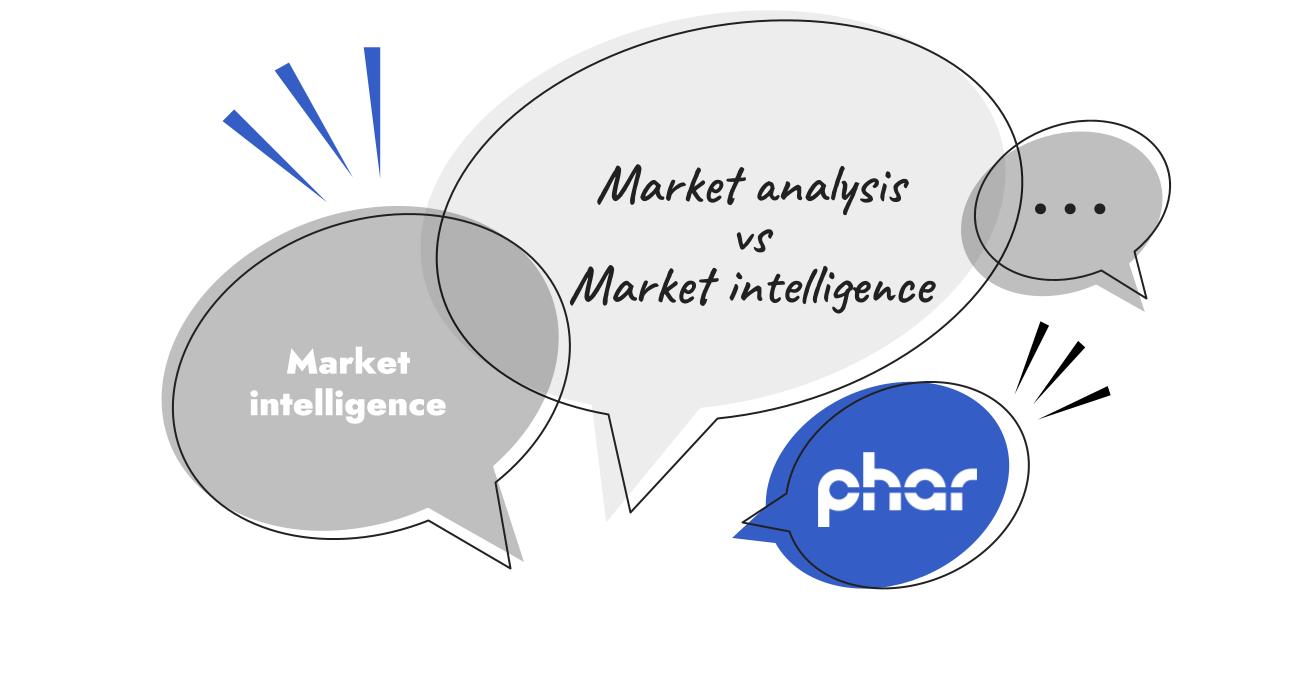Drawing the line between market analysis and market intelligence is not an easy task, as both activities can feed on each other.
In the framework of a market analysis, an entrepreneur will seek to know precisely several important points concerning a sector, the objective being to measure the space that his offer can occupy:
-Market trends and emerging needs;
-Recent innovations and investments by (or from) competitors;
-Companies entering or leaving the market;
-Purchasing process and criteria;
-Sales volumes / pricing structure;
-Must-have conditions that a player must meet in order to be considered a first choice supplier;
-Means used to stay current in the market (trade shows, networking, etc.);
Thus, the efforts put into the realization of a market analysis will be able to feed the strategic intelligence on several levels:
Identification of reliable sources
All market watchers seek to identify quality sources in order to carry out their continuous monitoring. An effective strategic intelligence is based on obtaining content from credible sources such as government institutions, professional magazines that have sometimes been in business for several decades, etc. In this sense, a significant part of the sources identified in the market analysis can be reused to structure the monitoring.
Quality contacts
The main value of a market analysis comes from the quality of the exchanges with the stakeholders of the targeted sector. Today, an expert should be seen as someone who will produce and disseminate relevant information in the near future, for example at a conference, but also on social networks or in authoritative publications in a field. It is therefore up to the market researcher to monitor the production of content from the most credible speakers that were identified during the market analysis.
Other benefits of market analysis for business intelligence
A market analysis allows direct exchanges with the players in the fields and the validation of numerous pieces of information (trends, purchasing processes, purchasing criteria, etc.). During this process, the market researcher is led to validate the "jargon" used in a sector. For the monitor, these "industry terms" are alerts that can be created to effectively monitor a field.
For example, if our objective is to identify projects in the field of aircraft hangar construction, the expression FB / "fixed-base operator" (which qualifies an actor operating this type of hangar) is a must to structure alerts within a monitoring system.
Measuring the efforts to be made in terms of monitoring
If it allows you to identify essential sources for monitoring, market analysis also allows you to be aware of certain phenomena in a sector. For example, it is possible to anticipate the frequency of content updates or the rate and location of new releases, new features, etc.
For example, in the field of kitchen and household appliances, a lot of new products are announced on the sidelines of a trade show like KBIS. It is then up to the market watcher to increase his surveillance of manufacturers in the field a few weeks before and after the event in question to maximize his chances of discovering the appearance of new competing products.
In conclusion, it is important that the teams in charge of the two activities (market analysis and market intelligence) exchange information regularly in order to guarantee high quality results!
Categories:
Competitive intelligence, Business strategy, Competitive monitoring, Market trend analysis, Market intelligence
April 24, 2023
